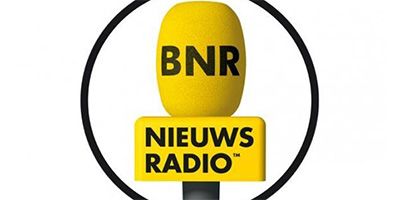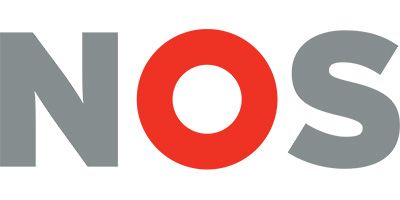Eye Tracking in Usability Research: Which viewing pattern represents which problem?
Does the user find the main menu logical? Is there too much text on a page? Is there information missing that one expects? In this blog, discover which specific Eye Tracking gaze patterns you should pay attention to in order to answer these questions.
Eye Tracking deciphers the user's gaze behaviour when they interact with your website. It measures exactly where the user looks, for how long, and in what order, many times per second. For this reason, Eye Tracking forms the basis for virtually every neuromarketing study.
Which subtle gaze patterns should you look for?
It sounds so easy; follow your user's gaze patterns and usability problems will surface naturally. Indeed, you don't need to be a seasoned expert to deduce major usability issues from Eye Tracking data, such as a hidden Call-to-Action button or an unclear main menu. However, besides this low-hanging fruit, significantly subtler usability issues are hidden in the more nuanced and specific gaze patterns.
Which usability problems can be detected with Eye Tracking? And how can you improve your website based on Eye Tracking data? This blog reveals which subtle gaze patterns bring hidden usability problems to light, and how you can improve them for higher conversion.
From gaze pattern to usability problem
The London research duo Ehmke & Wilson conducted a study in 2007 on the usability of the BBC news website and the Trainline booking platform. In analysing the Eye Tracking data, they reached very interesting conclusions.
They observed that specific usability problems on the websites consistently accompany the same gaze behaviour. We also regularly see these patterns from the research in our own studies.
The three biggest usability problems revealed
UX overload
One of the patterns we most frequently encounter is “information overload”. When users land on a page that is too busy, their eyes react immediately. The eyes dart in jerky movements across the page. From visual element to text and back, without fixing on one element for long. There are too many elements clamouring for attention. Often, in such cases, it is unclear to the user what the next steps are on the path to conversion. An unclear Call-to-Action.
Too much text
Another pattern relates to text layout. Large amounts of text on websites – especially for low involvement products – are often considered unpleasant. We see this reflected in the Eye Tracking data. Short and quick eye movements show that the text is not read, but only scanned. By shortening the text, the problem will be partially solved, but this is not always necessary. Simply using white space often works wonders!
Missing information
The pattern most frequently discovered in the research by Ehmke & Wilson is the absence of expected information. When the user searches for certain information that is not on the page, we see short fixations on the spots where the user expects this information. The place where most users look first is usually the suitable spot for this information. In this way, for example, the ideal location for a Call-to-Action button can be discovered!
Why brain research then?
From the above examples, it is clear that you can unravel a great deal of insights in usability research with just Eye Tracking data. So much so that you might think: what is the added value of brain research, for example with EEG?
On one hand, EEG data can confirm usability problems already found – through Eye Tracking. For instance, a too busy homepage can be discovered by the jerky eye patterns from the Eye Tracking data, and confirmed by a high Workload metric from the EEG data.
On the other hand, EEG data can highlight new usability problems. Unexpected, negative elements can be brought to light by the Confusion metric, and the Desire metric can tell us how pleasant we find certain visual elements on a website.
In short: EEG helps prioritise the problems from Eye Tracking and brings issues to light that you would miss with Eye Tracking alone.
Eye Tracking analysis for your website?
Unravel Research uses the most modern Eye Tracking equipment to map the user's gaze patterns on your website. In 9 out of 10 usability studies, we combine Eye Tracking with EEG.
In this way, we can pinpoint the pain points in the web flow even more accurately and make the path to conversion even more user-friendly.
Curious how we can optimise your website? Check out our Neuromarketing Usability Guide or contact us.


 EN
EN  NL
NL 




